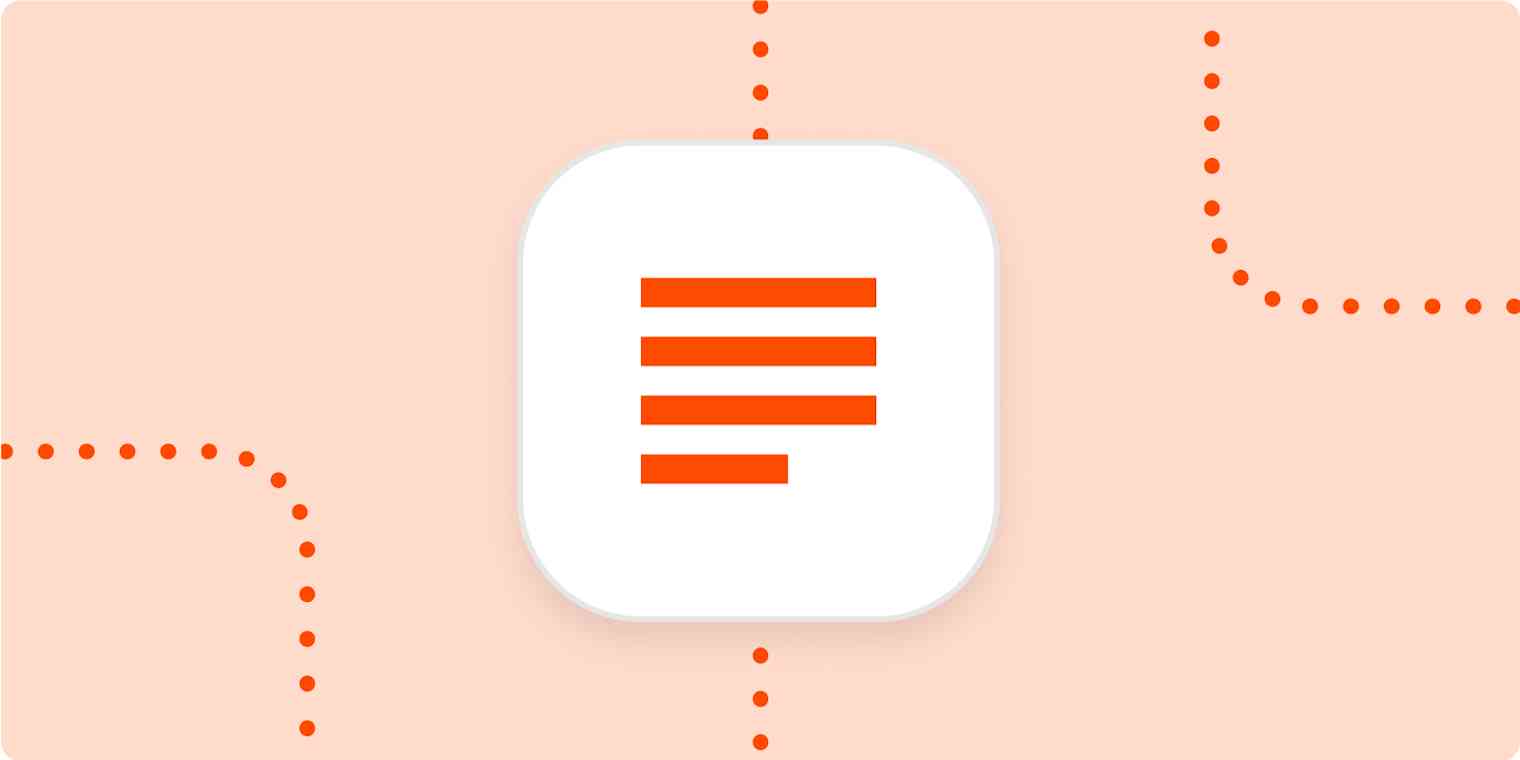Let's start with a story:
When I was a bairn, my mom bought my bro a box set of classic books. My little nerd heart sang! That summer, I made it my mission to devour all of them just to prove what a reading wiz I was. I needed a dictionary (a lot), but by the end of summer I was done. At first, I thought I was successful because I read them through within the allotted time. Years later, I reread many of them and realized how much I'd actually missed the first time around, even with a dictionary to help. I had read the books, but I hadn't fully understood them.
According to the Web Content and Accessibility Guidelines (WCAG), text isn't readable if it requires more than a lower secondary level of education.
Let's check the readability of my story. I entered it into the Hemingway App, which is a great tool for measuring readability. It checks for standard measures like word and sentence length and the use of passive voice. Even though the penultimate sentence was a bit long, my story got a readability score of Grade 4. That's primary school level—guideline exceeded.
But just because something is readable, doesn't mean it's understandable. Context is an important part of understanding what you read. It's especially important for user experience (UX) copy.
Users may not understand jargon, idioms, or other figurative language. This might be because they're neurodiverse, like users with autism spectrum disorder. Or it might be because they aren't native English speakers. Translation tools like Google Translate are often literal.
Users with vision impairments like low vision or color vision impairment may not see all or any graphics on the page. If those graphics provide context, these users won't get it.
Users with hearing impairments may miss audio elements in a video.
Let's re-read that first paragraph and see what we missed.
1. There's a lot of jargon and idioms
What does "bairn" or "heart sang" mean?
Bairn means child. It might be fine to use the word bairn if I was writing for an audience in Scotland or Northern England. (I'm not.)
Here, "heart sang" means I was overjoyed, but a quick Google search doesn't find a good definition for "heart sang." I even tried searching for the more common idiom "you make my heart sing." The best definition I could find was in a Quora post. The idiom is familiar to many English speakers, but it's figurative speech that doesn't translate directly into other languages.
2. There's a lot of cultural context
Besides bairn, is "bro" a simple abbreviation for brother? Or is it meant in the slangy way, as in my male friend?
3. There's other ambiguous language
Did I literally eat the books?
How to add more context to your writing
There are books written on the topic, but here are a few quick tips for adding more context to your writing, from Zapier frontend engineer Mark:
Expand acronyms and abbreviations when they first appear.
Provide a glossary for context, if required.
Avoid using idiomatic language that can be exclusive.
Avoid using unnecessary technical language or jargon.
And here are a few more suggestions from the Plain Language Action and Information Network:
Use consistent words, terms, and phrases. Synonyms are great for creative writing. They aren't great for accessibility. If you use "submit" for one button, don't use "enter" for another.
Use simple words and phrases. In the third paragraph, I used the word "penultimate," but I could've (and should've) used something simpler. "Second to the last" would have been understandable to more people.
Specify the language of the page. This helps users who are using assistive technologies. It lets the tool know what language it's reading. You can do this by adding a lang attribute to the HTML tag.
Avoid noun strings. Noun strings are clusters of nouns. Here's an example: "sample employee time off and leave procedures." That noun string is actually referring to one thing: procedures. The other nouns are now descriptive: they've become adjectives. It's hard to infer what the real noun is in that string. Aim for three nouns in a string or fewer.
If something's ambiguous, change it. No reference here, just my own two cents.
A little bit of lagniappe
(I'm breaking my own rules by using the word "lagniappe," but it's one of my favorite words, and I want everyone to use it. So to fix it, I'll follow Mark's advice by defining it. It means something extra given for free.)
While researching this article, I came across this distinction on the UX Collective:
You may know that captions and subtitles are very similar. They both appear as text on the bottom of your screen. But they're designed for two different purposes:
Subtitles provide a translation for a dialogue on a video—the spoken words of characters, narrators and other vocal participants.
Closed captions, on the other hand, not only supplement for dialogue but other relevant parts of the soundtrack—describing background noises, phones ringing and other audio cues that need description.
In terms of accessibility, it's important to note the difference in the audience. Subtitles assume the audience can hear the audio, meanwhile, Closed captioning assumes the audience cannot hear the audio and needs a text description of what they would otherwise be hearing.
So, the next time you see something like this and laugh (whether hysterically, forced, or otherwise):
![A screengrab from Arrested Development, with Michael Bluth (a man in a suit) laughing. The words on the screen say "[hysterical laughing] [forced laughing]"](https://images.ctfassets.net/lzny33ho1g45/1atsUdiGjmVjuYcoUcQZk1/7259e2056925b459d14491b3963cfc15/image1.png?w=1400)
Remember that the closed captioner is doing us all a favor by making the video more accessible for all of us.






